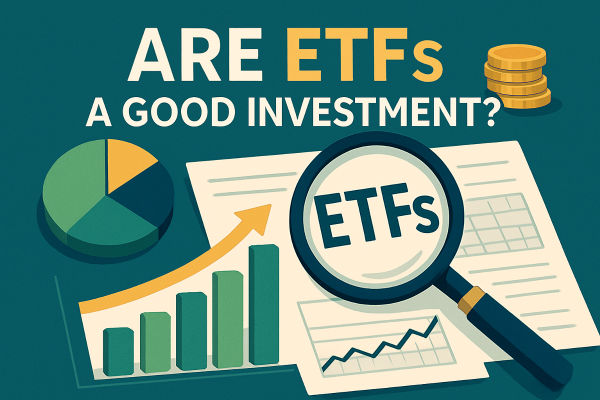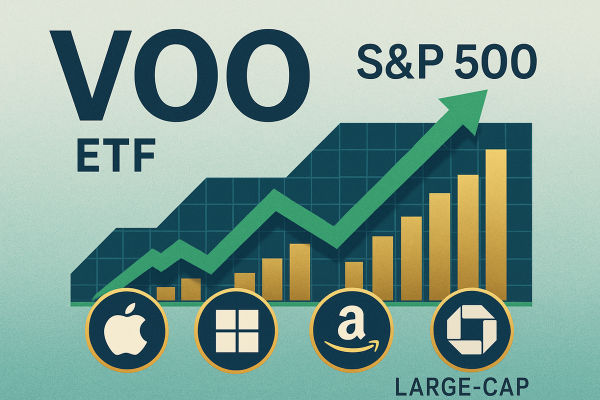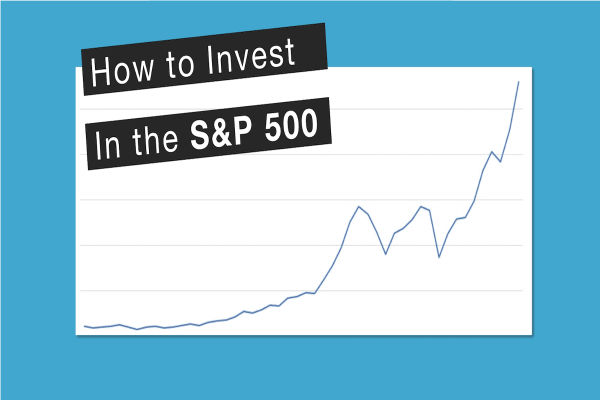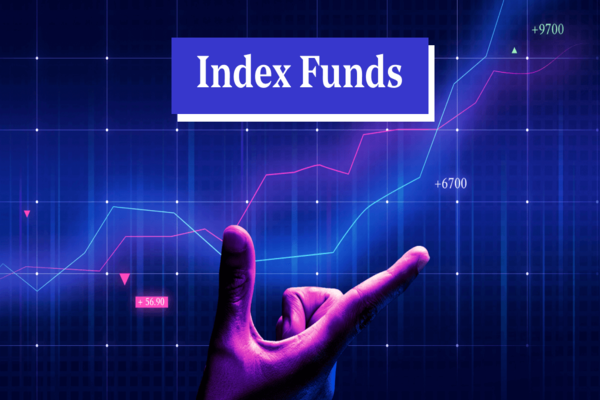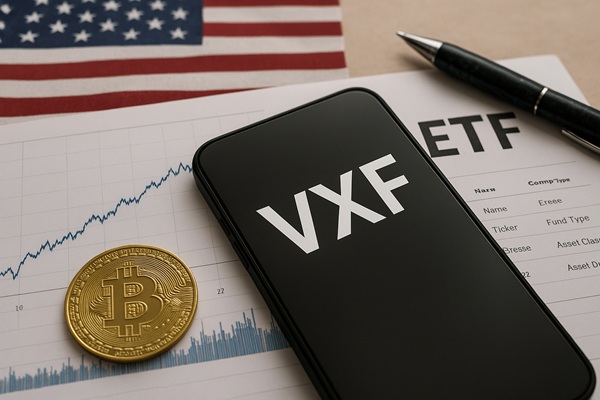For long-term S&P 500 exposure, SPY and VOO sit at the top of almost every investor’s shortlist. They track the same index, own the same large US companies, and move almost tick-for-tick. Yet one is built for traders, the other for long-term holders.
As an economist and trader, the way I look at SPY vs VOO is simple: They are the same engine, inside different chassis, driven in different ways.
Quick verdict: who should pick SPY, who should pick VOO?
Before we go deep into fees, tax, performance and technicals, here’s the live market picture:
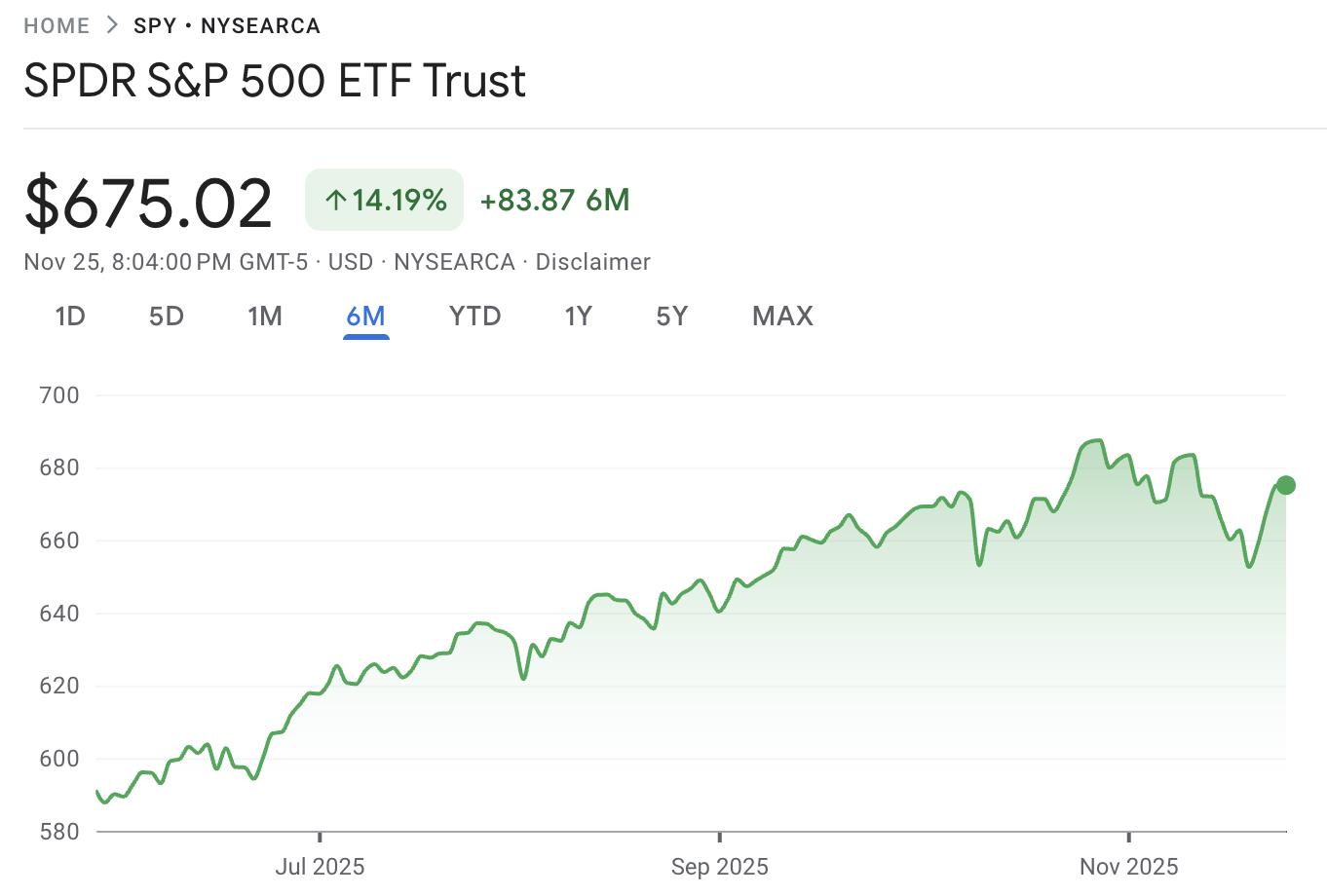
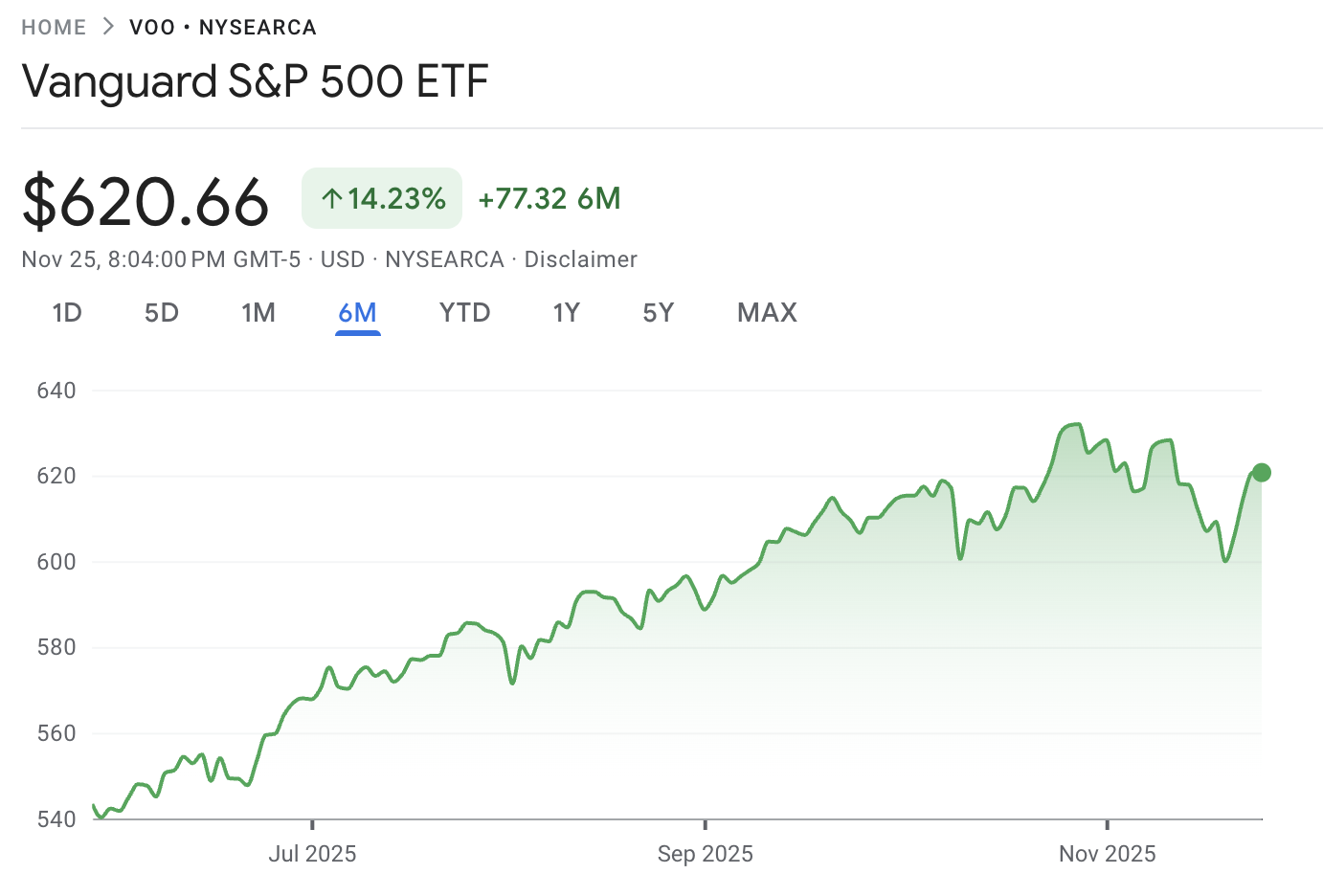
If you only remember one thing about SPY vs VOO, let it be this:
VOO is usually better for long-term investors.
Lower yearly fee: 0.03% vs SPY’s 0.09%.
More modern structure that can reinvest dividends inside the fund.
Very slightly higher long-run returns due to lower costs and better tracking.
SPY is usually better for active trading and derivatives.
One of the most traded securities on earth, with huge daily volume and very tight bid–ask spreads.
Deep, liquid options market, which makes it the default hedge and trading vehicle for institutions and short-term strategies.
If your goal is decades of compounding, VOO tends to be the cleaner core holding. If your goal is short-term trading, hedging or options strategies, SPY is the workhorse.
Both are strong S&P 500 ETFs. The difference is how you plan to use them.
Market Backdrop: Why S&P 500 ETFs Still Matter In 2025
This choice sits inside a very specific market environment:
The S&P 500 is trading near the top of its 52-week range around the mid-6,000s, after a powerful rally driven by AI, big tech and strong earnings.
2025 has already delivered low double-digit gains for the index, and major banks like Deutsche Bank and Goldman Sachs still see room for further upside into 2026, though with more modest returns over the coming decade.
At the same time, there is more talk about valuation risk, sector concentration in mega-caps, and the chance of deeper corrections ahead.
For most investors, this mix of high levels, ongoing growth and recurring pullbacks strengthens the case for broad, low-cost index ETFs instead of stock-picking. That is exactly what SPY and VOO deliver.
SPY vs VOO At A Glance
Here’s the “SPY vs VOO” snapshot as of late November 2025.
| Feature |
SPY – SPDR S&P 500 ETF Trust |
VOO – Vanguard S&P 500 ETF |
| Issuer |
State Street Global Advisors |
Vanguard |
| Structure |
Unit Investment Trust (UIT) |
Open-ended ETF share class |
| Index Tracked |
S&P 500 |
S&P 500 |
| Inception |
Jan 1993 |
Sep 2010 |
| Expense Ratio |
0.09–0.095% |
0.03% |
| Assets Under Management |
≈ $680–690B |
≈ $800B ETF share class |
| Typical Turnover |
~2–3% |
~2% |
| Dividend Yield (approx) |
~1.1–1.2% |
~1.1–1.3% |
| Trading Volume |
Extremely high |
High |
| Options Liquidity |
Very high |
Moderate |
Note: Both funds aim to hold the same 500 US large-caps that make up the S&P 500 index.
How SPY and VOO actually work
The shared core: the S&P 500 index
The S&P 500 is the standard large-cap US equity benchmark, covering about 80% of US market value and including companies like Apple, Microsoft, Nvidia, Amazon and major banks.
Both SPY and VOO:
Use full replication, holding almost all S&P 500 stocks in their actual index weights.
Aim to minimise tracking error, so that after fees, returns stay very close to the index over time.
From a pure market exposure angle, SPY and VOO give you essentially the same mix of growth, value, tech, financials, healthcare, and other sectors that drive the US economy.
The structural difference: UIT vs open-ended ETF
This is where the long-term story changes.
SPY is a Unit Investment Trust (UIT).
It has stricter rules: the manager cannot reinvest dividends between distribution dates, cannot use derivatives to keep the portfolio fully invested, and has limits on securities lending.
Dividends sit in cash until they are paid out to investors, which creates a small cash drag.
VOO is an open-ended ETF share class.
It can automatically reinvest dividends in the portfolio, keeping more of the money working in the market between payouts.
It uses standard ETF “in-kind” creations and redemptions, which helps keep tracking error and taxable capital gains very low.
This structural gap is one of the reasons VOO tends to edge SPY on long-term performance and tax efficiency, even though both hold the same underlying stocks.
Fees, spreads and trading costs
Expense ratios: 0.09% vs 0.03%
SPY expense ratio: about 0.09–0.095% per year.
VOO expense ratio: 0.03% per year.
The 0.06 percentage point difference sounds tiny, but over long horizons it compounds:
On a $100,000 holding, that is about $60 a year in fee savings with VOO in year one, and the gap grows as your capital grows.
Over 20–30 years, that can add up to thousands of dollars in extra capital staying inside your compounding engine.
For a long-term investor who rarely trades, fee drag matters more than near-term differences in liquidity.
Trading costs and liquidity
SPY trades with huge volume every day and is one of the most liquid ETFs in the world, which keeps bid–ask spreads extremely tight, even for large institutional orders.
VOO also trades with high volume and tight spreads, more than enough for typical retail and even many professional investors.
In practice:
For very large intraday trades, SPY can be marginally cheaper to move in and out of because of the deeper order book and derivatives ecosystem built around it.
For smaller or infrequent trades, both SPY and VOO are cheap to trade, especially on low-commission platforms.
Performance: Does VOO really beat SPY?
Short- and medium-term returns
Using recent comparison tools and total-return charts (including dividends):
| Metric |
SPY |
VOO |
| Year-to-date (2025) |
~16.2% |
~16.3% |
| 1-year total return |
~14.7% |
~14.8% |
| 5-year annualized return |
~14.8% |
~14.9–15.3% |
The message is clear: over typical holding periods, SPY and VOO have moved almost identically, with VOO slightly ahead.
Long-term compounding
Over the long term, the fee and structural edge shows up more clearly:
| Metric |
SPY |
VOO |
| Investment Growth (Sep 2010 – Nov 2025) |
$10,000 → $79,400 |
$10,000 → $80,300 |
| Annualized Return (≈15 years) |
~14.3% |
~14.4–14.6% |
The gap is small, but it consistently favours VOO. Over 30 or 40 years, a 0.05-0.10 percentage point annual edge can translate into a meaningful difference in your end balance.
For most long-term investors choosing between SPY and VOO, this is the key: the long-term net return line tilts slightly in favour of VOO.
Dividends, taxes and account types
Dividends and reinvestment
Both SPY and VOO pay quarterly dividends that reflect the cash payouts of S&P 500 companies.
Current yields sit around 1.1–1.3%, in line with the index.
The main difference is inside the fund:
SPY’s UIT structure cannot reinvest dividends between payment dates. Cash sits in the trust until distributions go out, causing minor drag.
VOO, as an open-ended ETF share class, keeps more of the portfolio fully invested and can use in-kind flows to manage cash efficiently.
This difference is one reason VOO’s total return line is slightly higher.
Tax efficiency
Both SPY and VOO use ETF mechanics to keep capital gains distributions very low, especially compared with many mutual funds. But VOO tends to have a small edge:
SPY’s UIT design can generate slightly higher capital gains over time and has less flexibility to manage cash and tax lots.
VOO’s structure and Vanguard’s “ETF-as-a-share-class” model support very low capital gains payouts, often zero in a given year, which is helpful for taxable accounts.
For taxable investors, especially with larger balances, that tax edge plus lower fees usually makes VOO more attractive.
In tax-advantaged accounts (IRAs, 401(k)s, etc.), the tax difference matters less, and the decision comes back to fees vs trading features.
Technical profile: How SPY and VOO trade on the chart
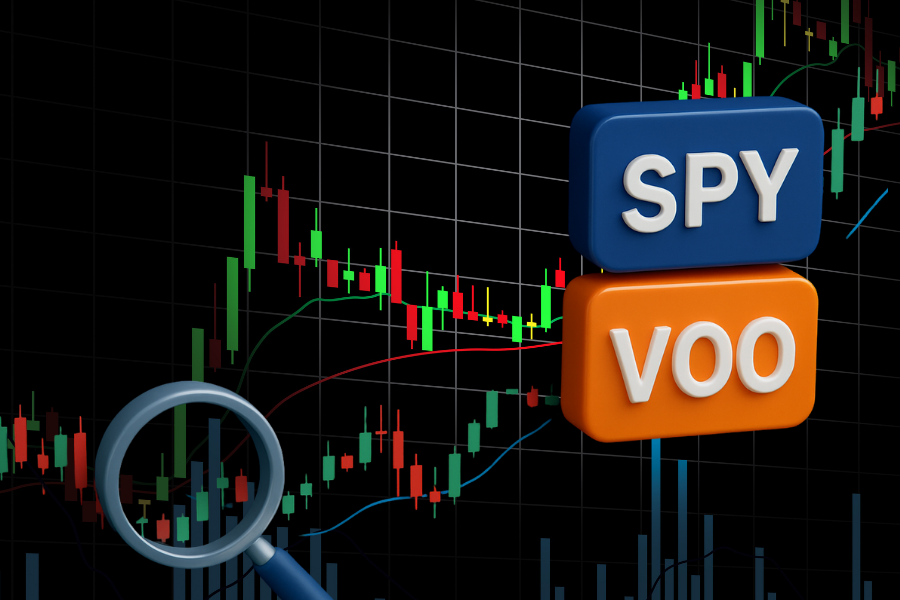
From a technical analysis point of view, SPY and VOO are almost perfect stand-ins for the S&P 500 itself.
Trend and momentum
The S&P 500 has gained roughly 12–16% in 2025 so far, after strong returns in 2023–2024 and a deep sell-off in 2022.
Long-term charts of SPY and VOO show:
A powerful uptrend since the 2009 lows, interrupted by sharp but temporary drawdowns in 2008-09, 2020 (COVID), and 2022 (rate shock).
A clear move back to new highs in 2024–2025, driven by AI and tech earnings.
As of late November 2025:
Both SPY and VOO trade near the upper end of their 52-week ranges, just a few percent below recent highs, consistent with an ongoing bull trend with normal corrections.
Volatility and drawdowns
Historical data show:
10-year annualised volatility for broad S&P 500 ETFs has been in the mid-teens, typical for large-cap equities.
SPY’s worst yearly loss in recent memory was around -18% in 2022, with a drawdown near -25% from peak to trough during the rate shock.
VOO experienced almost identical volatility and drawdown patterns over the same period.
For long-term investors, the key takeaway is:
Choosing SPY vs VOO does not change the level of market risk you take.
You are taking full S&P 500 equity risk either way.
The difference is in cost, structure and how you trade, not in the underlying risk profile.
How different investors can use SPY and VOO
Long-term, buy-and-hold investors
If your plan is to buy and hold for 10, 20 or 40 years:
VOO usually makes more sense:
Lowest fee among major S&P 500 ETFs (0.03%).
Slightly higher long-term net returns.
Strong tax profile for taxable money.
SPY is still fine for long-term use, but when every basis point counts, it is hard to justify paying a higher fee for very similar exposure.
Active traders and options users
If you are:
Trading intraday,
Running hedges against an equity book,
Writing options or using complex spreads,
Then, SPY is still the flagship:
Heavier volume and tighter spreads help with execution on big orders.
SPY’s options chain is deeper and more liquid than VOO’s in most maturities and strikes.
For many professional traders, the extra basis points in fees are simply the “price” of that liquidity and derivatives ecosystem.
For Non-US investors
For non-US investors, you also need to factor in:
Dividend withholding taxes on US-domiciled ETFs, often around 30% depending on your treaty.
Local tax rules on capital gains, estate tax exposure, and whether your broker offers US-listed ETFs.
Important note: The SPY vs VOO decision still matters, but so do broader tax and access issues. Always speak to a qualified tax adviser on this; ETFs cannot fix tax law.
Trading the S&P 500 with EBC Financial Group
You normally invest in SPY or VOO through a securities account. With EBC Financial Group, you can also trade the same S&P 500 moves through index and ETF-linked CFDs, alongside forex, commodities and other indices.
That gives traders the ability to:
Go long or short on the S&P 500 during major events (Fed meetings, CPI, earnings seasons).
Use leverage carefully to amplify or hedge exposure.
Apply stop-loss and take-profit orders around key S&P 500 levels, without touching long-term ETF holdings.
This separation helps many clients:
Risk warning: Trading CFDs and other leveraged products carries a high level of risk. You can lose more than your initial investment. Always consider your objectives and risk tolerance, and seek independent advice where needed.
Frequently Asked Questions
1. SPY vs VOO, which is better for long-term investors?
VOO usually edges out SPY for long-term investors because it has lower fees and a slightly more efficient dividend structure. Over decades, this can add up to higher returns.
2. Why do people still use SPY if VOO is cheaper?
SPY is very liquid and has the largest options market, making it attractive to short-term traders and institutions. For long-term holders, the lower fees of VOO matter more than SPY’s liquidity.
3. Are SPY and VOO equally safe?
Both track the same S&P 500 index and carry similar risk, volatility, and drawdowns. Neither is “safe” like cash or bonds, as their value fluctuates with the stock market.
4. Does SPY or VOO pay higher dividends?
Dividends are nearly identical, usually around 1.1–1.3%. VOO handles interim cash slightly more efficiently, but overall differences are minor.
5. Can I switch from SPY to VOO without tax?
Selling SPY in a taxable account can trigger capital gains tax, while switching inside tax-advantaged accounts usually has no immediate tax impact. Always confirm with a tax professional before making changes.
Final thoughts
SPY versus VOO is not a battle between a “good” ETF and a “bad” one, as both are high-quality S&P 500 trackers.
The choice depends on your investment approach: VOO is better for long-term investors who prioritize low costs, tax efficiency, and compounding, while SPY suits short-term traders or options users who value intraday liquidity and execution.
For long-term wealth building, a simple rule works well: hold a low-cost core like VOO for the next 10–30 years, and, if needed, use trading tools with a broker such as EBC Financial Group to manage short-term S&P 500 positions around it.
This way, the SPY versus VOO question supports your overall plan rather than distracting from it.
Disclaimer: This material is for general information purposes only and is not intended as (and should not be considered to be) financial, investment or other advice on which reliance should be placed. No opinion given in the material constitutes a recommendation by EBC or the author that any particular investment, security, transaction or investment strategy is suitable for any specific person.













